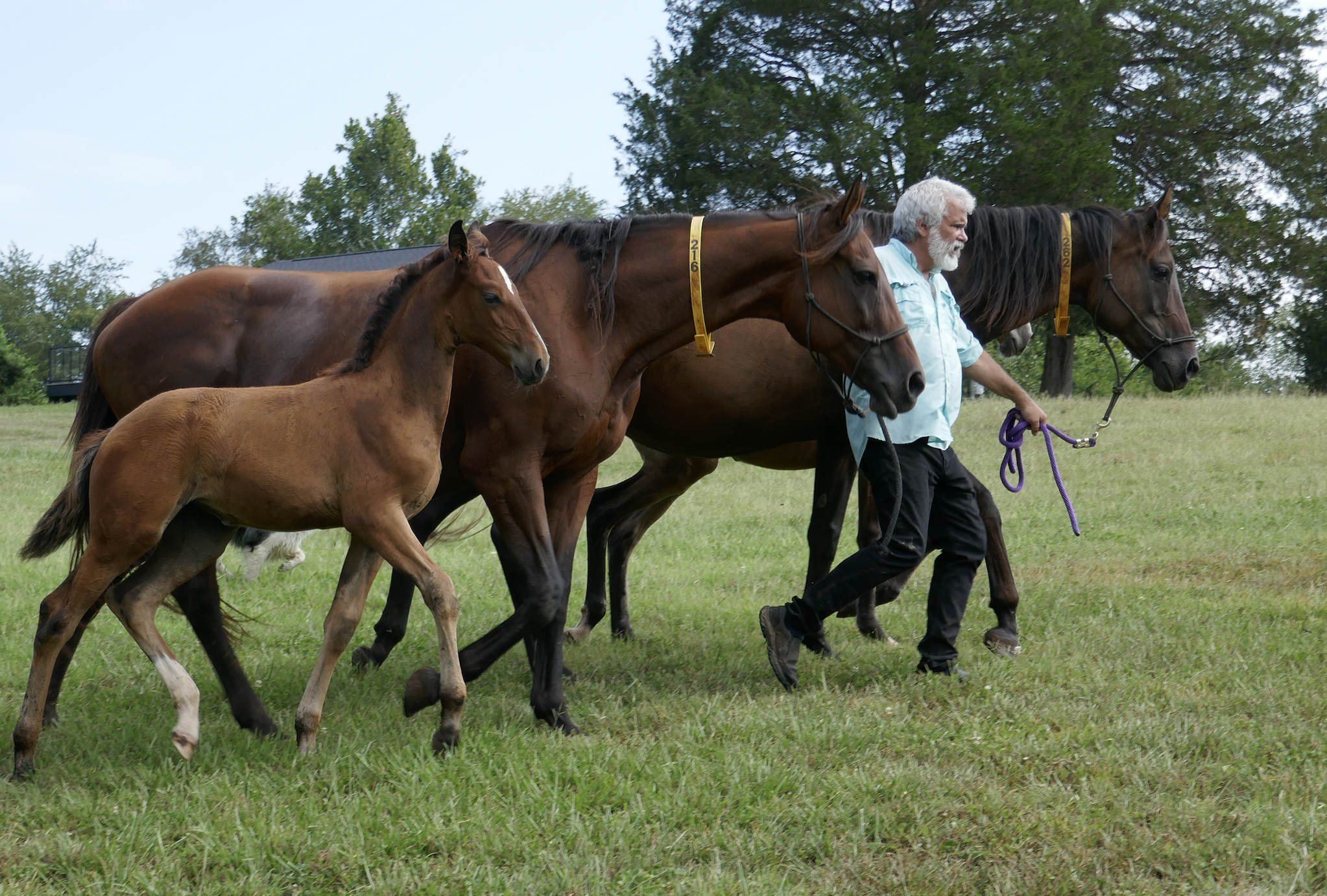Well Being: Exercise
As we age, exercise becomes even more important to our general health
Moderate exercise through out life is associated with longevity.
A new study analyzed a total of 116,221 adults over a period of thirty years and determined that the maximum association of exercise to lower mortality was achieved by performing between
150 to 300 minutes/week (2.5 hours per week) of vigorous physical activity or
300 to 600 minutes per week (5 to 10 hours per week) of moderate physical activity - or some “equivalent” combination of both.
The study notes that meeting the USG guidelines for exercise will also lead to a decrease in mortality, but the association is not as strong as for the exercise periods per week listed above.
The study:
Long-Term Leisure-Time Physical Activity Intensity and All-Cause and Cause-Specific Mortality: A Prospective Cohort of US Adults
Circulation, 25 Jul 2022 https://doi.org/10.1161/CIRCULATIONAHA.121.058162
BACKGROUND: The 2018 physical activity guidelines for Americans recommend a minimum of 150 to 300 min/wk of moderate physical activity (MPA), 75 to 150 min/wk of vigorous physical activity (VPA), or an equivalent combination of both. However, it remains unclear whether higher levels of long-term VPA and MPA are, independently and jointly, associated with lower mortality.
METHODS: A total of 116221 adults from 2 large prospective US cohorts (Nurses’ Health Study and Health Professionals Follow-up Study, 1988–2018) were analyzed. Detailed self-reported leisure-time physical activity was assessed with a validated questionnaire, repeated up to 15 times during the follow-up. Cox regression was used to estimate the hazard ratio and 95% CI of the association between long-term leisure-time physical activity intensity and all-cause and cause-specific mortality. RESULTS: During 30 years of follow-up, we identified 47596 deaths. In analyses mutually adjusted for MPA and VPA, hazard ratios comparing individuals meeting the long-term leisure-time VPA guideline (75–149 min/wk) versus no VPA were 0.81 (95% CI, 0.76–0.87) for all-cause mortality, 0.69 (95% CI, 0.60–0.78) for cardiovascular disease (CVD) mortality, and 0.85 (95% CI, 0.79–0.92) for non-CVD mortality. Meeting the long-term leisure-time MPA guideline (150–299 min/wk) was similarly associated with lower mortality: 19% to 25% lower risk of all-cause, CVD, and non-CVD mortality. Compared with those meeting the long-term leisure-time physical activity guidelines, participants who reported 2 to 4 times above the recommended minimum of long-term leisure-time VPA (150–299 min/wk) or MPA (300–599 min/wk) showed 2% to 4% and 3% to 13% lower mortality, respectively. Higher levels of either long-term leisure-time VPA (≥300 min/wk) or MPA (≥600 min/wk) did not clearly show further lower all-cause, CVD, and non-CVD mortality or harm. In joint analyses, for individuals who reported <300 min/wk of long-term leisure-time MPA, additional leisure-time VPA was associated with lower mortality; however, among those who reported ≥300 min/wk of long-term leisure-time MPA, additional leisure-time VPA did not appear to be associated with lower mortality beyond MPA.
CONCLUSIONS: The nearly maximum association with lower mortality was achieved by performing ≈150 to 300 min/wk of long-term leisure-time VPA, 300 to 600 min/wk of long-term leisure-time MPA, or an equivalent combination of both.
Can you balance on one leg, while standing for 10 seconds?
Here is an interesting study that correlates balance, physical fitness and longevity.
The basics are that if you can balance on one leg for 10 seconds, and are a middle-aged person - your risk of dying over a median period of seven years is significantly less than those who cannot complete this simple test.
The results and implications thereof for yourself and family are worth thinking about.
The study:
Successful 10-second one-legged stance performance predicts survival in middle-aged and older individuals
Br J Sports Med. 2022 Sep;56(17):975-980. doi: 10.1136/bjsports-2021-105360.
Abstract
Objectives: Balance quickly diminishes after the mid-50s increasing the risk for falls and other adverse health outcomes. Our aim was to assess whether the ability to complete a 10- s one-legged stance (10-second OLS) is associated with all-cause mortality and whether it adds relevant prognostic information beyond ordinary demographic, anthropometric and clinical data.
Methods: Anthropometric, clinical and vital status and 10-s OLS data were assessed in 1702 individuals (68% men) aged 51-75 years between 2008 and 2020. Log-rank and Cox modelling were used to compare survival curves and risk of death according to ability (YES) or inability (NO) to complete the 10-s OLS test.
Results: Overall, 20.4% of the individuals were classified as NO. During a median follow-up of 7 years, 7.2% died, with 4.6% (YES) and 17.5% (NO) on the 10-s OLS. Survival curves were worse for NO 10-s OLS (log-rank test=85.6; p<0.001). In an adjusted model incorporating age, sex, body mass index and comorbidities, the HR of all-cause mortality was higher (1.84 (95% CI: 1.23 to 2.78) (p<0.001)) for NO individuals. Adding 10-s OLS to a model containing established risk factors was associated with significantly improved mortality risk prediction as measured by differences in -2 log likelihood and integrated discrimination improvement.
Conclusions: Within the limitations of uncontrolled variables such as recent history of falls and physical activity, the ability to successfully complete the 10-s OLS is independently associated with all-cause mortality and adds relevant prognostic information beyond age, sex and several other anthropometric and clinical variables. There is potential benefit to including the 10-s OLS as part of routine physical examination in middle-aged and older adults.
Physical activity in adults is associated with less arterial stiffness and inflammation, even after adjusting for known cardiovascular risk factors. Arterial stiffness and inflammation are established markers of cardiovascular morbidity and mortality.
The study:
The Association of Physical Activity with Arterial Stiffness and Inflammation: Insight from the "Corinthia" Study
Angiology 2022 Sep;73(8):716-723.
doi: 10.1177/00033197211065795.
Abstract
Diminished physical activity is a frequent phenomenon leading to a higher incidence of cardiovascular morbidity and mortality. Our study aimed to assess the impact of physical activity on arterial stiffness and inflammation. Classification of physical activity was performed in 1945 individuals of the cross-sectional "Corinthia" study using the International Physical Activity Questionnaire. Demographic and clinical characteristics were obtained via a standardized questionnaire. Arterial stiffness was estimated via carotid-femoral pulse wave velocity evaluation, and the inflammatory burden was assessed via high sensitivity C reactive protein (hsCRP) measurement. Participants with low physical activity had the most impaired carotid-femoral pulse wave velocity values while abnormally increased measurements-adjusted for age and blood pressure-were more frequently encountered in individuals with low physical activity. Participants characterized as having vigorous physical activity had the lowest inflammatory burden, as estimated by hsCRP levels. The results remained unaffected even after adjustment for confounders. In a subgroup analysis according to sex, increased arterial stiffness and inflammatory burden were noted similarly in female and male subjects within the lowest percentile of physical activity. In conclusion, a significant association between physical activity, arterial stiffness, and inflammation was observed, even after adjusting for known cardiovascular risk factors.
No excuses - me included!
Time to exercise!
And as we head into fall and winter, get your vitamin D levels checked and work with a physician to make sure they are up in the range to help you resist those nasty viruses!

